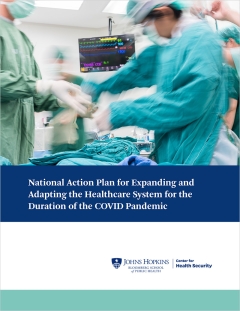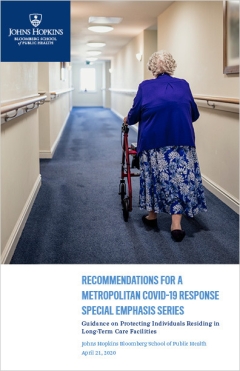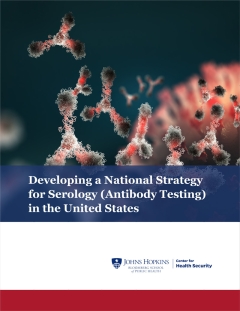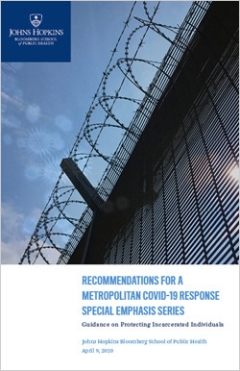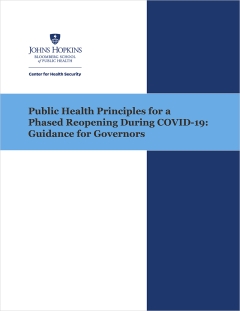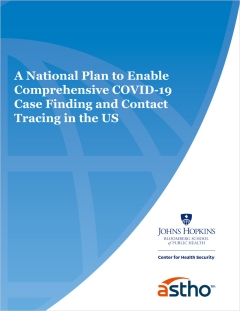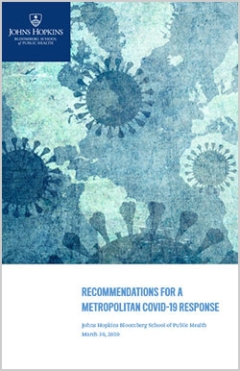Currently, there are approximately 2.3 million people detained behind bars in the U.S., including 21,142 people in Maryland state prisons and Baltimore city jails (1,2).
As evidenced by a surge of cases in jails and prisons across the country (for instance, Rikers Island Jail in NYC, Cook County Jail in Chicago, a federal prison in Louisiana, and others) and by prior infectious epidemics spreading in prisons and jails, institutions of incarceration are environments where COVID-19 is likely spread rapidly; furthermore, many incarcerated individuals have chronic health conditions and other risk factors that put them at risk for more severe disease. As of April 9, 57 COVID-19 cases have been reported by the Maryland Department of Public Safety and Correctional Services, a more than threefold increase in 5 days (3). These numbers-- which only reflect those in DPSCS custody (state prisoners and people in the Baltimore City jail system) but not local jails-- can be expected to increase as they have in other jurisdictions.

